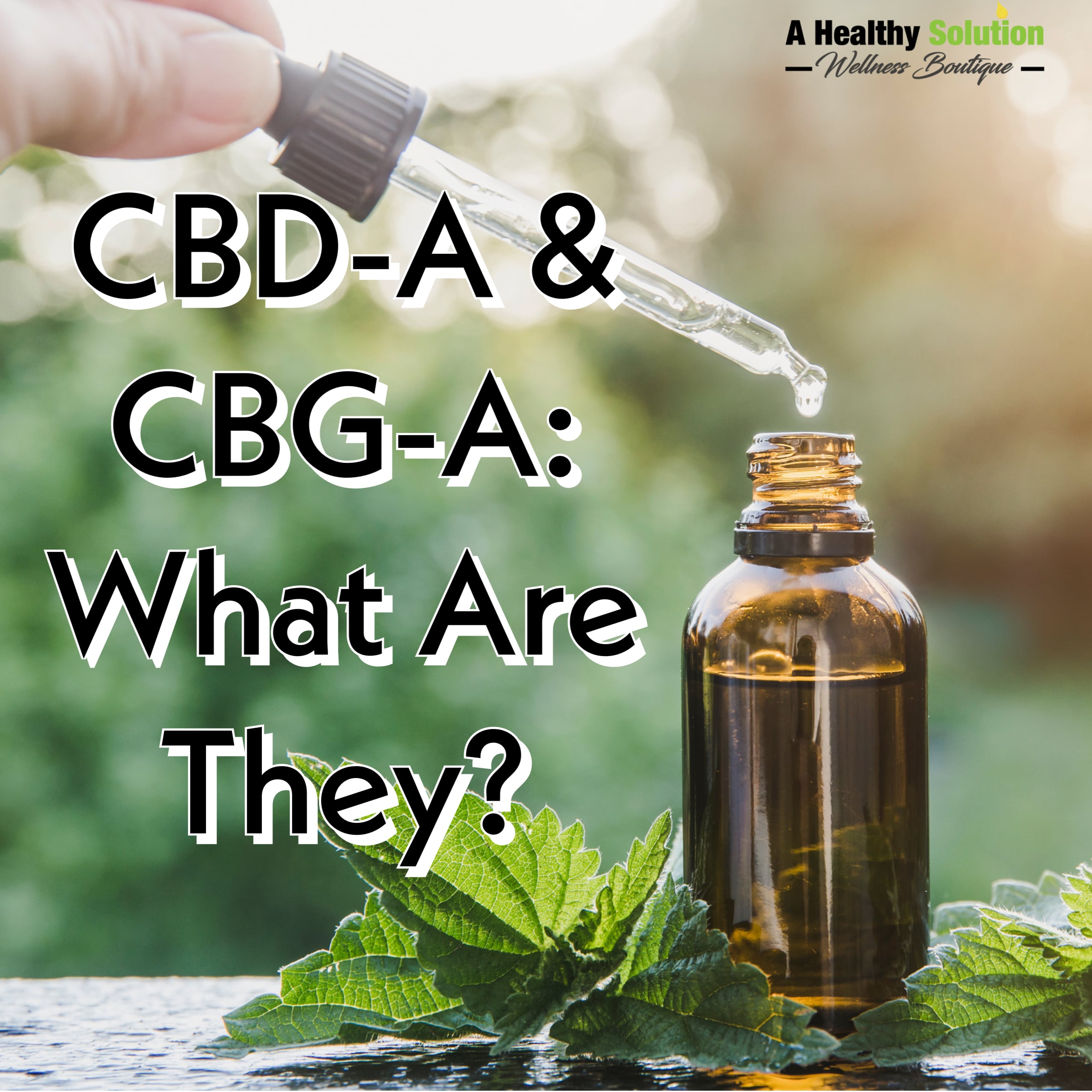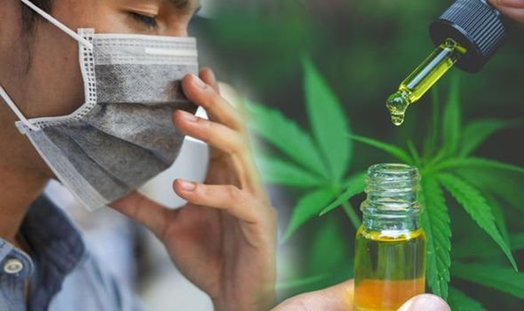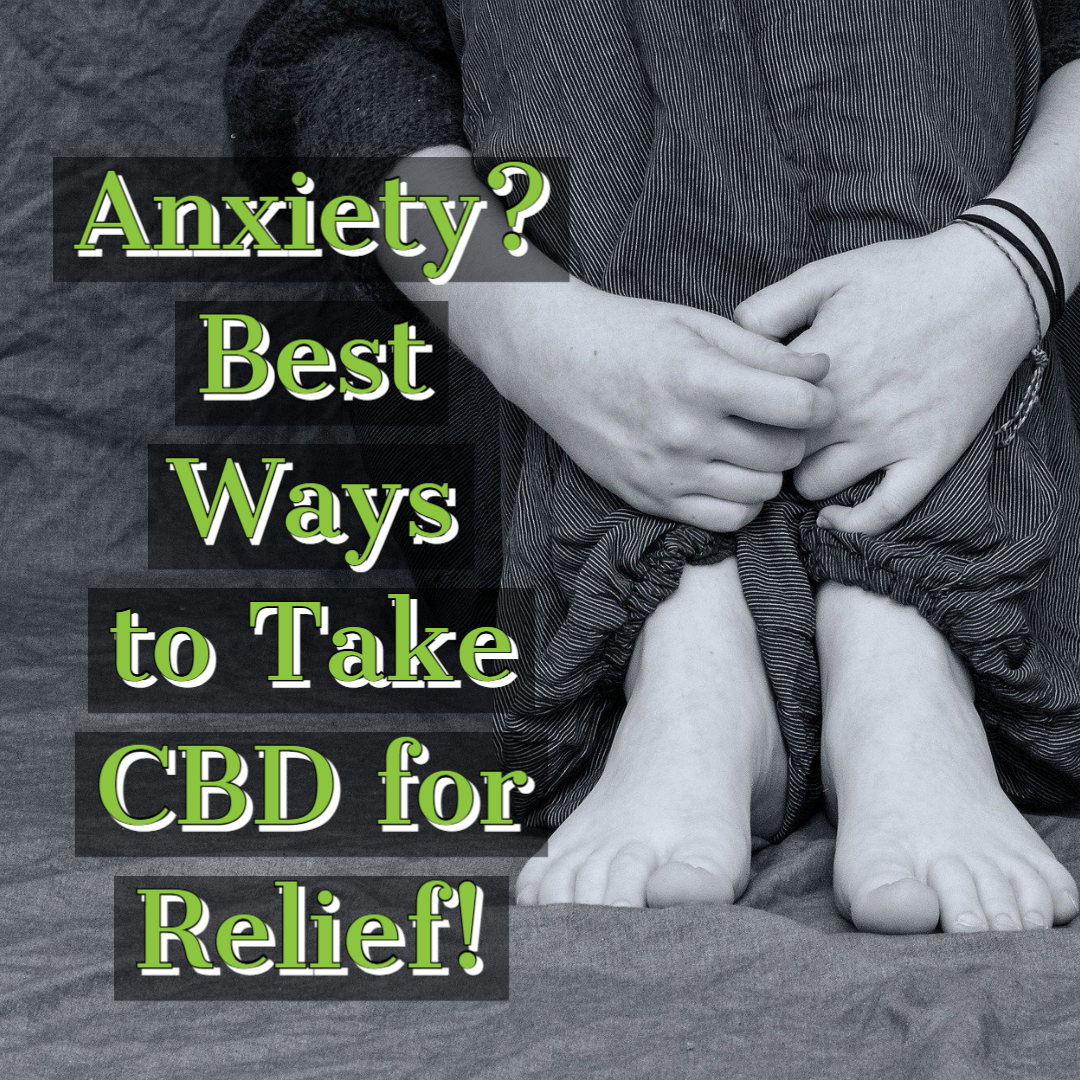There are many different variations of cannabinoids out in the world that do a variety of effects. Such as CBG for pain and CBN for sleep. But what if there were more cannabinoids that can help benefit people and their health? There is CBDA and CBGA, these being more recent in the field of medicine and is still early in research. CBDA and CBGA are a newer subject of study on how cannabinoids interact with COVID-19. Researchers found that two cannabinoid acids commonly found in hemp, cannabigerolic acoid, or CBGa, and cannabidiolic acid, also known as CBDa, can bind to the spike protein of SARS-CoV-2, the virus that causes Covid-19. By binding to the spike protein, the compounds can prevent the virus from entering cells and causing infection, potentially offering a new gateway to treating diseases.
So, let’s discuss what these compounds are. Starting with plain ol’ CBD. CBD, or cannabidiol, is found in the same plant as THC but is actually non-psychoactive, meaning CBD will not get you high while providing its therapeutic benefits. Because of this, it has become extremely popular in the medical field. CBD is often extracted from CBD-rich strains of cannabis, like hemp. It is typically seen in oils, tinctures, supplements, extracts, food and beverage products, gummies, and seemingly everything. CBD products that have high THC content come from marijuana plants, while the majority of CBD products you see on the market (and the only ones technically allowed by the FDA) are those that have a THC content of 0.3% or less. So, what about CBDA and CBGA? Where does it fit into the crowded cannabinoid market?
Let’s discuss CBGA first. Cannabigerolic acid (also known as CBGA) is a non-intoxicating cannabinoid that is the precursor for THC, CBD, and several other familiar cannabinoids. CBG is cannabigerol, the non- acidic form of cannabigerolic acid. CBGA is converted into CBG when heat is applied (similar to the conversion process of THCA to THC). Enzymes known as synthases are responsible for moving the CBGA
cannabinoid into molecules such as THCA, the raw, unactivated molecule that translates to THC when heat is applied. CBG interacts with the body & endocannabinoid system and demonstrates substantial therapeutic potential. While research into the cannabinoid is still early, CBG shows potential as an anti- inflammatory, mood regulator, cancer fighter, and appetite stimulant. It also has potent antibacterial
properties. Cannabigerol is frequently called the mother cannabinoid because no other cannabinoid will exist without some level of CBG. For more than 50 years, scientists have been mindful of the compound cannabigerol (CBG), it was first uncovered by Israeli scientists. About 30 years later, Japanese scientists then discovered that CBGA was the precursor to CBG. The growth of CBGA occurs when two organic compounds in the plant: geranyl pyrophosphate and olivetolic acid combine. This is an vital building block in the formation of other cannabinoids like CBDA, THCA, CBCA, and CBG. Olivetolic being a compound used to make man-made forms of THC. It’s used in chemistry quite frequently, in this regard.
Now let’s move on to CBDA. CBDA is a non-psychoactive compound that serves as a precursor to CBD. More specifically, CBDA is decarboxylated to create CBD, meaning it is heated. This can happen immediately if smoked or vaped, or slowly if the plant material is left to dry in the sun or even at room temperature. All cannabinoids in cannabis and hemp come from cannabigerolic acid (CBGA), the mother
of all cannabinoids. Plant enzymes then translate the CBGa into a combination of the three major cannabinoid predecessor compounds: tetrahydrocannabinolic acid (THCA), cannabichromenic acid (CBCA), and cannabidiolic acid (CBDA). The combination will vary on the distinctive cannabis strain they are derived from. Cannabidiolic acid can, hence, be thought of as raw CBD. CBDA is most frequently
found in the live or raw hemp plants bred for high CBD levels. Cannabidiolic acid is regularly consumed as CBD, but it can also be valuable in its raw form. CBDA oil can be consumed or absorbed via tinctures, raw cannabis juice, topical creams, and raw CBDA oil. To date, CBDA has drawn much less public attention and is seen less on the market. However, the raw juicing cannabis craze is getting CBDA into the spotlight. People are speculating about the differences between CBD and CBDA and if CBDA is better than CBD.
They are both non-psychoactive, demonstrating that users won’t get high or stoned. This is because CBD and CBDA both do not fully interact with our endocannabinoid receptors. CBD and CBDA are thought to cause their well-known effects by activating our 5-HT1A serotonin receptors. You’ve likely heard of serotonin, as it is a crucial neurotransmitter in our brains that is closely related in regulating our mood,
sleep, anxiety, and even nausea. CBD is noted to help with things like anxiety, depression, inflammation, and even a rare form of childhood epilepsy. You see CBD in such a wide selection of health supplements because of its usefulness and because it has been examined much more than CBDA. Meanwhile, CBDA is in the very early stages of research but shows just as much, if not more, promise than CBD. For example,
one study found that CBDA produces antidepressant effects on rats at doses 10 to 100 times lower than CBD. This is due to CBDA’s relationship with serotonin receptors. For this same reason, CBDA is further researched as an anti-nausea drug, with one study finding CBDA more effective at reducing nausea than CBD. Well, until we have tangible evidence from human testing, it’s too early to say! However, early research implies that raw CBD oil can be just as, if not more, effective at treating things like depression, nausea, and inflammation. It may also have unique properties that CBD does not, making it an option for various treatments. CBDA shows promise as an anticonvulsant and may even have antibacterial, antioxidant, and cancer-preventing potential (particularly breast cancer). So, while there is enough early
indication to suggest that CBDA has its own distinctive qualities that could set it apart from CBD in certain areas.
As you can see, CBDA and CBGA does indeed have its own unique potential in the expanding cannabinoid industry. While research into much of CBDA’s and CBGA’s potential is still in the early stages, enough evidence gives scientists and eager supplement users great assurance. For those of you who are just going into the CBD/health supplement, CBDA and CBGA may indeed offer another good option to add to your health and wellness routine. Though always consult a doctor or a specialist before starting any new treatments. AHS has specialist and a nurse on staff who are available to answer any questions you may have.






Leave A Comment
You must be logged in to post a comment.